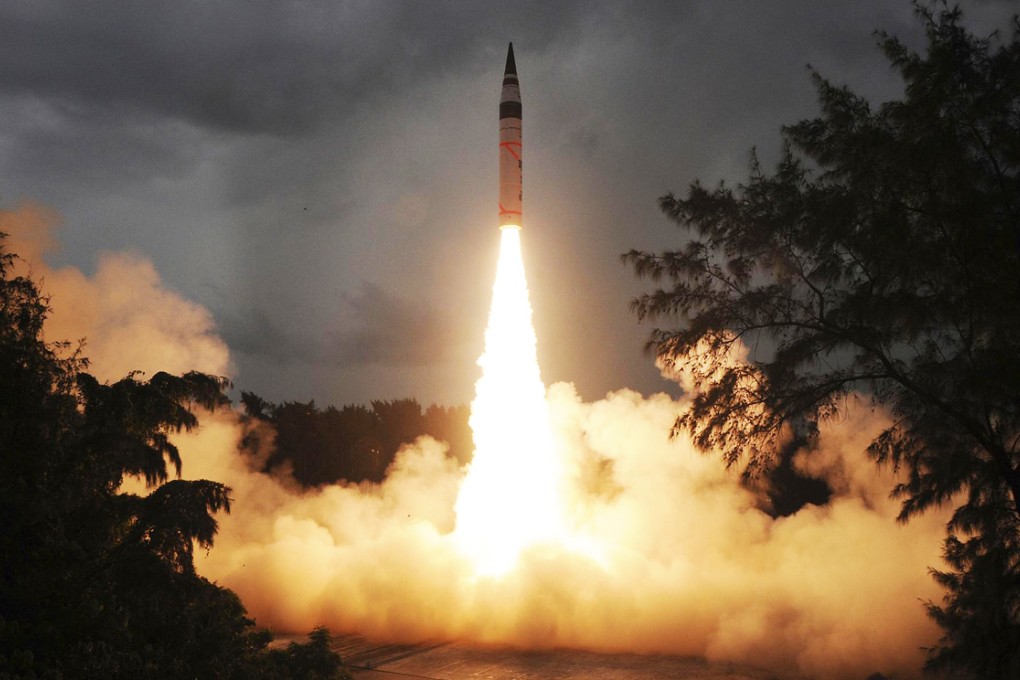India steps up military rivalry with China amid growing distrust between the Asian giants
New Delhi tests new nuclear weapons systems amid growing distrust between the Asian giants and alarm about Beijing's alliance with Pakistan

India has embarked on a series of crucial weapons-systems tests that will result in the first deployment by air, sea and land of nuclear weapons by rival powers in Asia in 2016.
The creation of what military planners call a nuclear theatre in South Asia would pit India against neighbouring foes China and Pakistan, nations with which India has fought a total of seven wars since 1947. The region comprises a population of 2.8 billion, nearly 39 per cent of the world's people, according to 2014 estimates by the US Census Bureau.
India fought a 1962 war with China and has had six conflicts with Pakistan since attaining independence in 1947, mostly territorial disputes left unresolved by departing British colonial rulers.
The strategic game change in South Asia comes as India perfects its ability to hit targets anywhere in China with nuclear-tipped intercontinental ballistic missiles and establishes an ability to launch nuclear missiles from submarines.
The completion of India's air-, land- and sea-based nuclear weapon triumvirate would place it on rough strategic par with China, its major rival for power in South Asia and Pakistan's key ally.
"The reality of an arms race in South Asia is quite evident. For most Indian decision-makers, it is the China factor that remains the most important issue. [New] Delhi also fears a China-Pakistan axis, and so it feels the need to be prepared for a 'two-front' war," said Harsh V. Pant, an Asia security expert and professor of international relations at King's College London.
China possesses about 250 nuclear weapons and Pakistan has up to 120, compared with India's 110, according to a report published last month by the Council on Foreign Relations, a US research organisation. Only the United States and Russia possess more. The series of strategic events in South Asia started last Tuesday with the Indian military's first successful test of the 4,000-km range Agni-IV, the first Indian ballistic missile capable of delivering nuclear or conventional warheads deep into Chinese territory. It is scheduled to be deployed by India's strategic forces command in late 2015.